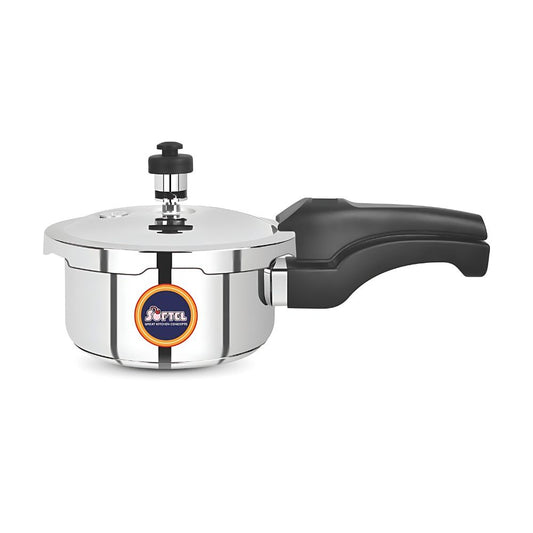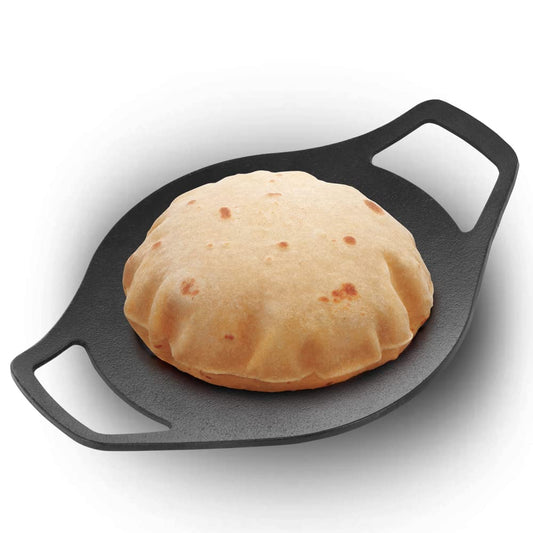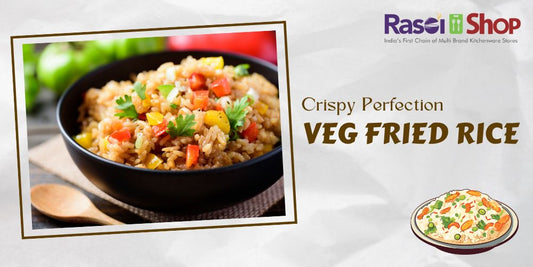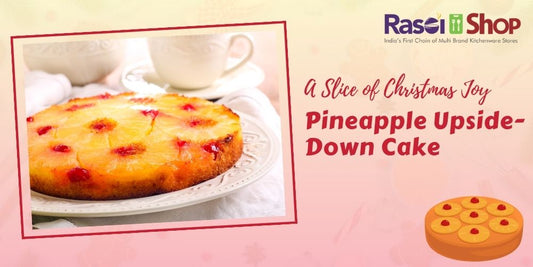Indian cuisine is renowned for its vibrant flavors, aromatic spices, and diverse culinary traditions. To truly appreciate and recreate the authentic tastes of Indian dishes, it's essential to understand the basic cooking techniques that form the foundation of this rich and diverse cuisine. In this blog post, we will delve into the key Indian cooking techniques that every aspiring home cook should master. Let's embark on a culinary journey and unlock the secrets to creating delicious Indian meals in your own kitchen.
- Tadka (Tempering): Tadka, also known as tempering, is a technique used to infuse oil or ghee with aromatic spices. Start by heating oil or ghee in a pan, then add whole spices like cumin seeds, mustard seeds, or dried red chilies. As the spices sizzle and release their flavors, they are poured over the prepared dish, adding a burst of aromatic goodness. Tadka is commonly used in dal (lentil) dishes, curries, and chutneys.
- Bhuna (Dry Roasting): Bhuna involves dry roasting spices, nuts, or grains to enhance their flavors before incorporating them into a dish. Heat a pan on low flame and add the desired spices or ingredients. Gently toast them until they release a fragrant aroma and turn slightly golden. Be careful not to burn them. Once roasted, grind them into a powder or use as required in your recipe. Bhuna is often employed to enhance the taste of spice blends, such as garam masala or homemade curry powders.
- Dum (Slow Cooking): Dum cooking is a traditional Indian technique that involves slow cooking food in a sealed pot to retain moisture and develop intense flavors. This method is commonly used for biryanis, where marinated meat and rice are layered together and cooked on low heat or in an oven. The slow cooking process allows the ingredients to meld together, resulting in a fragrant and flavorful dish.
- Bhunao (Sauteing): Bhunao refers to the technique of sautéing ingredients, such as onions, garlic, and spices, in oil or ghee until they turn golden brown. This process helps to build depth of flavor in Indian curries, gravies, and stir-fried dishes. The bhunao technique allows the spices to fully release their aromas and infuse the dish with their essence.
- Pardah (Covering): Pardah involves covering a dish during the cooking process to trap steam and ensure even heat distribution. It is commonly used in the preparation of rich and creamy curries, where the ingredients are cooked slowly to achieve a smooth and velvety texture. By covering the pot, the flavors are locked in, resulting in a luscious and aromatic final dish.
- Dum Pukht (Steam Cooking): Dum Pukht is a traditional Indian cooking technique that involves slow cooking food in a sealed pot over a low flame or in an oven. The dish is tightly sealed with dough to prevent any steam from escaping. This method allows the flavors to intensify and the ingredients to cook in their own juices, resulting in tender, flavorful, and aromatic preparations. Dum Pukht is commonly used for biryanis, kebabs, and slow-cooked curries.
By mastering these essential Indian cooking techniques, you can elevate your culinary skills and create authentic, flavorsome Indian dishes in your own kitchen. Experiment with these methods, explore different regional cuisines, and savor the rich tapestry of flavors that Indian cuisine has to offer. Happy cooking!





